Sound Route (2016) | WU Chi-Yu, SHEN Sum-Sum, Musquiqui Chihying

Sound Route: Songs of SPECX, 2016, performance/ mixed media
Using oral history and musical sound collection, Sound Route aims to reflect on both the modality of contemporaneity and political relations among different regions that have been shaped by transnational trade and globalization since the colonial period. The three artists take up the historical memory of Formosa as their point of departure, but the project is meant to be a comprehensive, multi-thread survey of the early modern history of East Asia that highlights the synchronicity of the historical development of different areas and the diversity of post-modern traits.
Songs of SPECX focuses on the story of Saartje Specx (1617–1636), a historical figure whose experiences serve as a basis to explore the early modern history of trade in Japan, Indonesia, and Taiwan. Saartje Specx was the daughter of a Dutch merchant and a Japanese woman. In accordance with its strict policy of excluding foreigners, the Dutch East India Company forcibly deported such natural children to Batavia (now Jakarta), Indonesia, where they were rounded up for control. While there, Saartje was embroiled in a major scandal which left her no choice but to marry the evangelical minister George Candidius and follow him to Taiwan. Her story not only represents a microcosm of the colonial history of an island, but it also epitomizes thousands upon thousands of ciphers of her time subjected to the whims of a cruel fate. Against this general background, records on cases like Saartje’s involving mixed-blood girls and forced migration have been available in Japan and Taiwan where they have even inspired the lyrics of popular songs. By construing pop music as musical interpretations of oral history and employing sounds and melodies as abstract media, Sound Route: Songs of SPECX, sets out to deconstruct and compare the stories and migration routes of these women, thereby composing an alternative time axis and route map which chronicles the evolution of capitalism in early modern East Asia.
Sound Route: Songs of SPECX “The Singing”
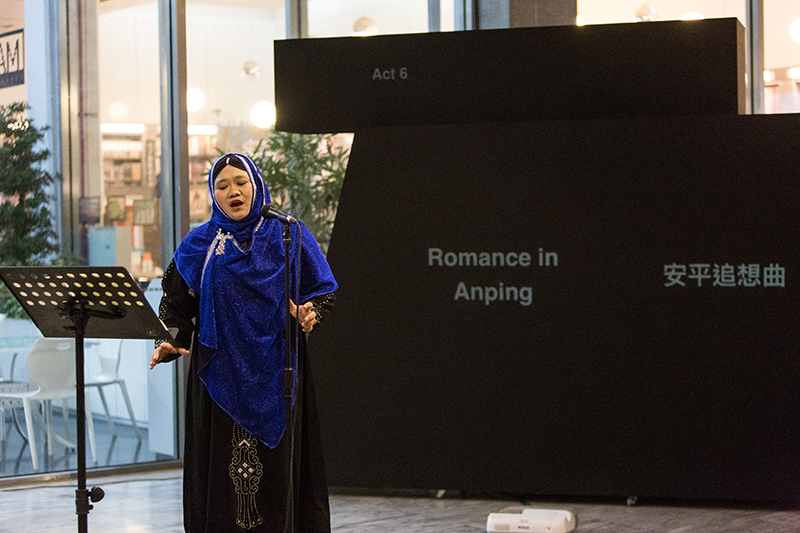
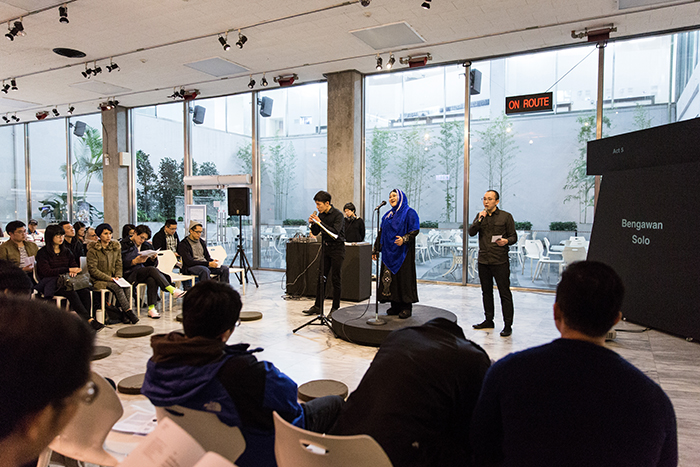
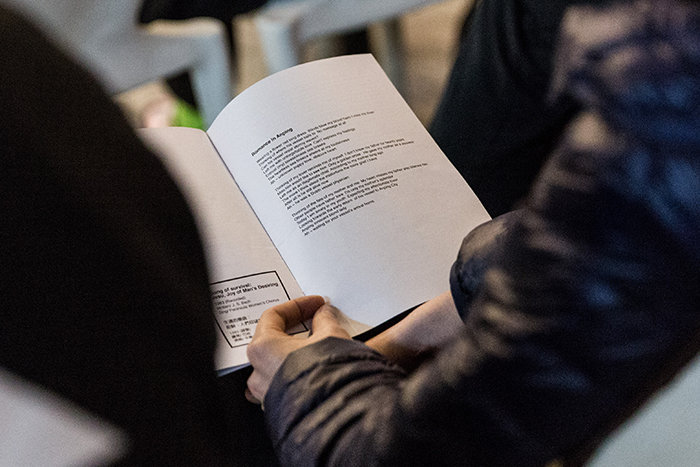
Taipei Fine Arts Museum
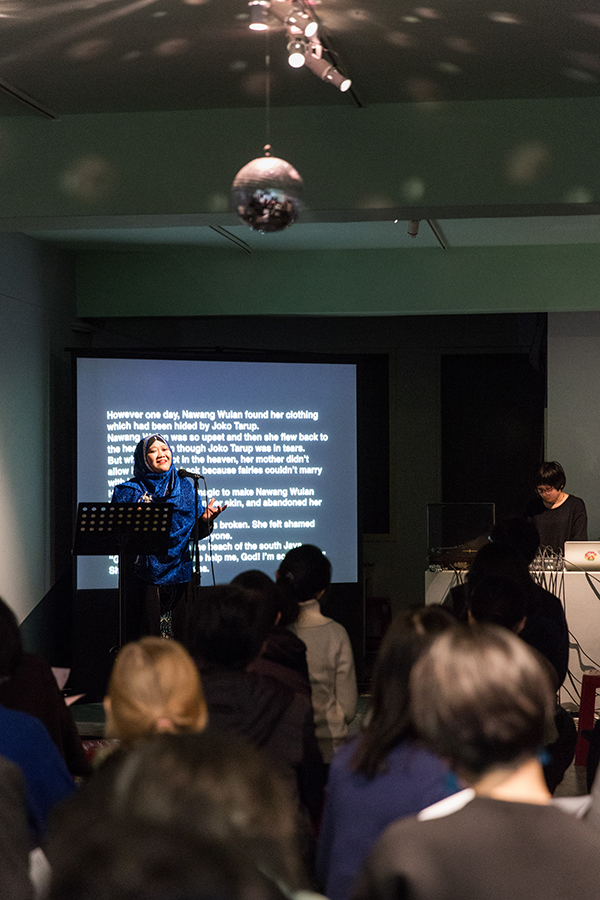
Taipei Contemporary Art Center
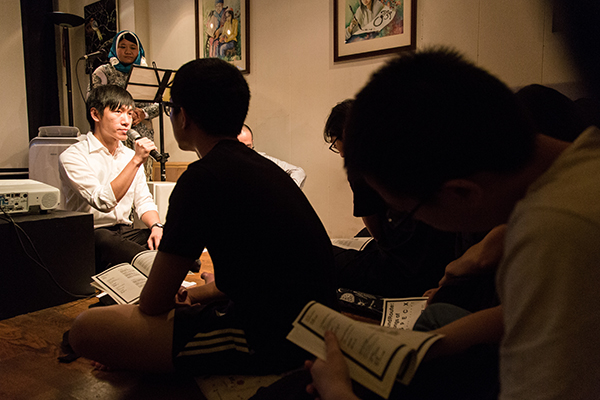
Brilliant Time bookstore
Sound Route: Songs of SPECX “The Broadcast”
Original Air Date: September 11, 2016 18:00
BCC Formosa Network FM105.9 ‘Family unity between Employer and Laborer’
Rebroadcast: September 11, 2016 19:00
BCC Chiayi Station FM 104.3;
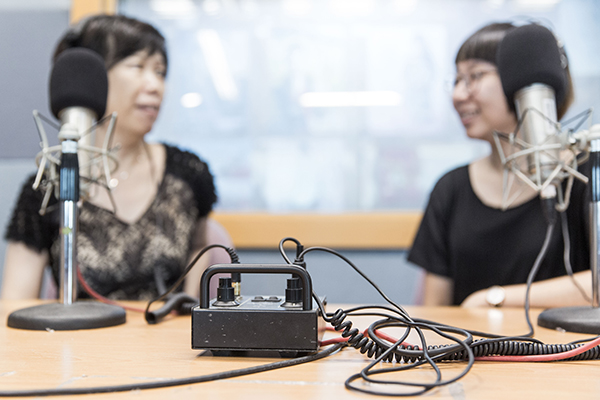
Sound Route: Songs of SPECX “The Song”
Everyday at 13:00 max. 5 minutes
Taipei Fine Arts Museum, Courtyard of Basement

Song Route : Songs of SPECX
at Rijksakademie Radio
from 1:22:00 – 1:44:00
by WU Chi-Yu, SHEN Sum-Sum, Musquiqui Chihying
27th November 2015, Rijksakademie, Amsterdam.
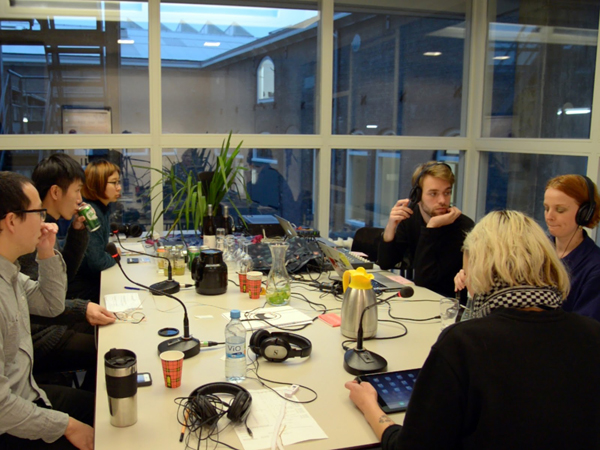
Sound Route: Bengawan Solo, 2016, Sound Installation, 20’40″
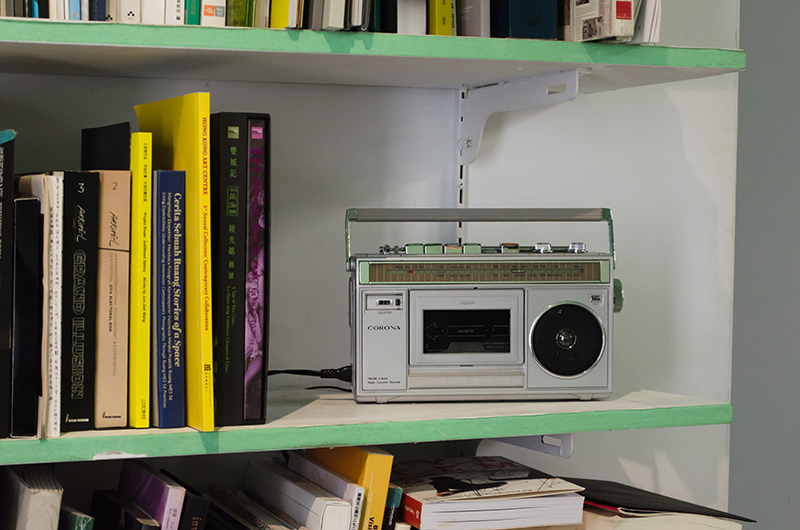
“Bengawan Solo” is an Indonesian folk song produced by composer Gesang Martohartono during the war. Later, due to colonial, repatriation of war prisoners, immigration and other factors, the love song written to Bengawan is adopted in different languages from different rehearsals across the Strait of Southeast Asia in the next few decades, and appears in different films in a variety of ways. Until today it almost becomes the most familiar Southeast Asian song across-domain. The work “Bengawan Solo” selects a section of the song Bengawan from Asian films sample every 10 years at 50’s, 60’s, and 70’s, and interpret into a radio drama in the form of sound film. The same melody also appears in three sections of stories across three decades, respectively from Japan, Hong Kong and Indonesia, shows a love story in a variant form shaped by the distinctly different political times and social pressures.
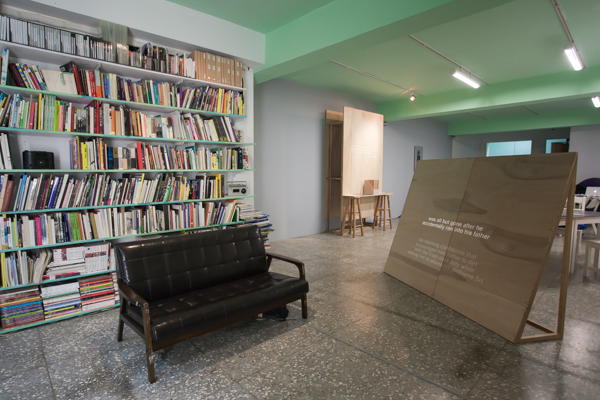
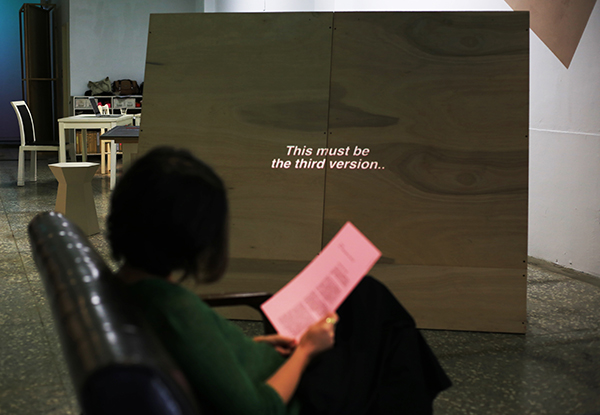
Taipei Contemporary Art Center